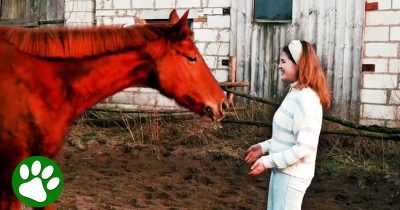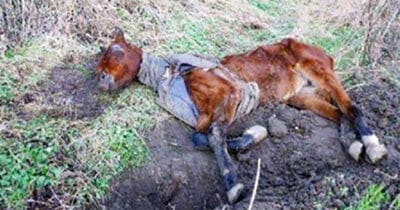
Halloween is coming up, and many of us are making holiday plans and preparing the perfect costume. And of course, many dog owners want to include their pets in all the spooky fun.
While Halloween costumes for dogs are a fun tradition for many pet owners, others have concerns about whether these costumes are comfortable or safe for dogs.
Though most costumes are generally safe for pets, it’s important to put their comfort first, and there are certain safety considerations to remember. Here’s everything you need to know about pet Halloween costumes!
Make sure the costume fits comfortably
While pet costumes are generally harmless, it’s still important to make sure the outfit fits comfortably on your pet and isn’t bothering them.
Avoid costumes that might obstruct your dog’s senses or movement, which can cause anxiety and distress. Don’t put too much on their heads or feet. Make sure they can see and hear clearly.

You also want to avoid any costume that might overheat your pet. Dogs have a natural coat already and are susceptible to heat stroke, so you don’t want to cover them with any thick, heavy materials for a long period of time.
Thankfully, many costumes you’ll find in a store are designed with these considerations in mind, created with lightweight materials that can easily snap on and off — just remember to get the right size for your dog, and be sure to have them try it on ahead of Halloween.
Avoid toxic materials and choking hazards
Your dog might look like Chucky or Wonder Woman in that costume, but remember that they are still a dog — and many dogs have a habit of chewing through anything they can get a hold of.
With that in mind, it’s important to steer clear of any materials that might be harmful if accidentally ingested.

Don’t use any paints or dye that might be toxic if consumed, and also avoid any small decorative parts of the costume — buttons, beads, sequins, etc. — that might become a choking hazard if your dog chews them off.
Be very careful with dyes
Every Halloween, you’ll see on the internet photos of people who transformed their dogs into skeletons or zombies using fur dye, generating attention as well as debate about whether it’s harmless creativity or animal abuse.
The truth is there is a right and a wrong way to dye your dog. It is absolutely crucial that you only use products designed specifically for dogs and labeled as pet-safe — do not use human hair dye or any other non-pet product.
Always do a spot check first to make sure your pet doesn’t have any allergic reactions, and follow any directions on the label — don’t leave the dye on longer than directed. When in doubt, it’s best to consult your veterinarian or professional dog groomer about what is safe.
Consider alternatives
Every dog is different: some will happily embrace whatever costume you buy for them and keep them on all through trick-or-treating; others will completely resist your attempts to dress them up like Baby Yoda.

Again, it’s important to put your dog’s comfort first. While it might be fun and festive for you to have your dog in a costume, it might not be fun for them, so don’t force it.
But even if you have a costume-hating dog, there are other stress-free ways to get them into the Halloween spirit: you can buy Halloween-themed bandanas and collars this time of year at any local pet store.
Other Halloween safety tips
It’s important to keep your pets safe year-round, but Halloween has certain risks and dangers any dog owner should be aware of.
It wouldn’t be Halloween without candy, but keep it away from your animals. Chocolate is one of the most well-known toxins for dogs, so this shouldn’t come as news to most pet owners, but be sure to keep your kids’ trick-or-treat bag out of reach.
In addition to chocolate, xylitol is highly toxic to dogs, and can be found in some candies with artificial sweeteners.
It’s also a good idea to keep your pets away from your Halloween decorations, which may be made of materials that could be harmful if ingested.

Finally, remember that dogs have heightened senses and can be very sensitive to stimuli. While fireworks are not customary around Halloween, there may be bright lights and loud noises that might spook them.
If you are taking your dog out on Halloween night, keep them on a leash in case they try to run off, and as always make sure they are identifiable by a microchip or ID collar if they get lost.
We’re very excited for Halloween and can’t wait to see what fun (and safe!) costumes people come up with for their pets!
Please share this story on how to ensure a safe and happy Halloween for your dogs!






